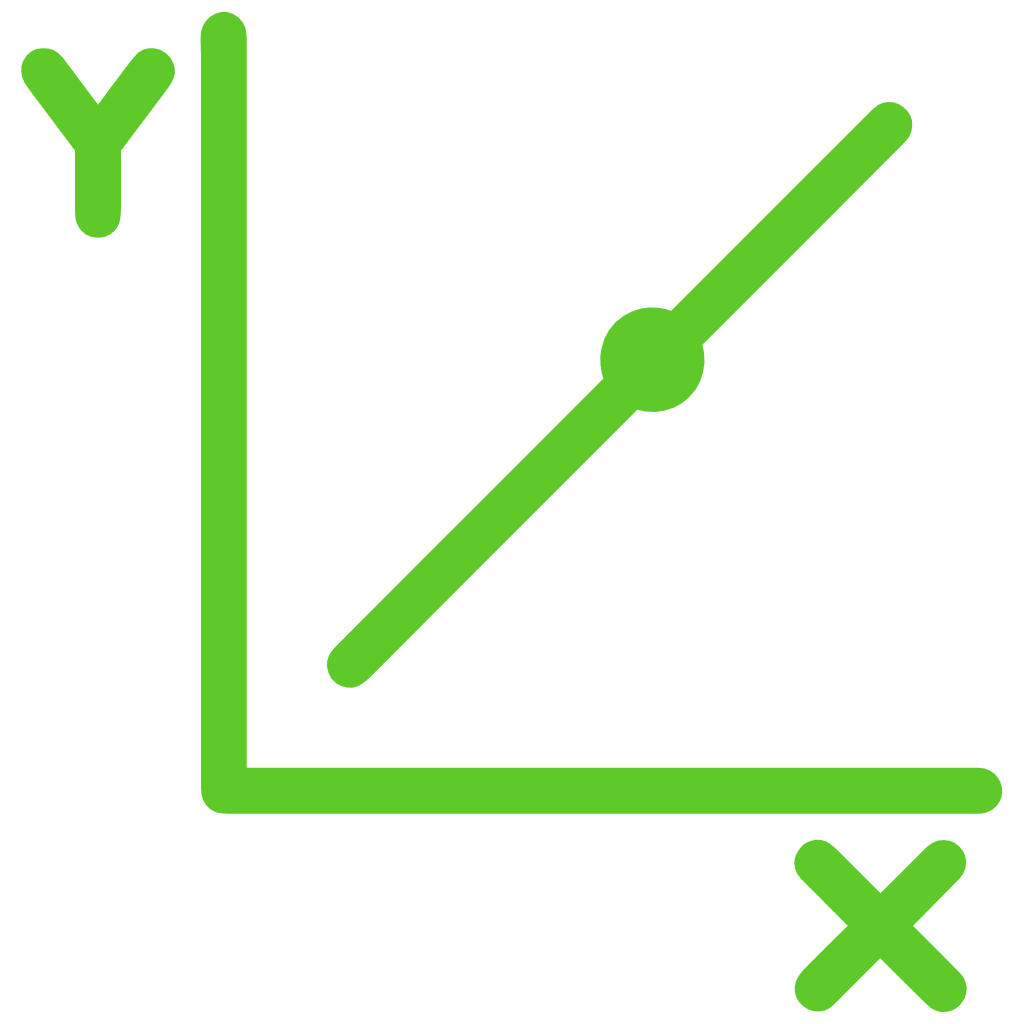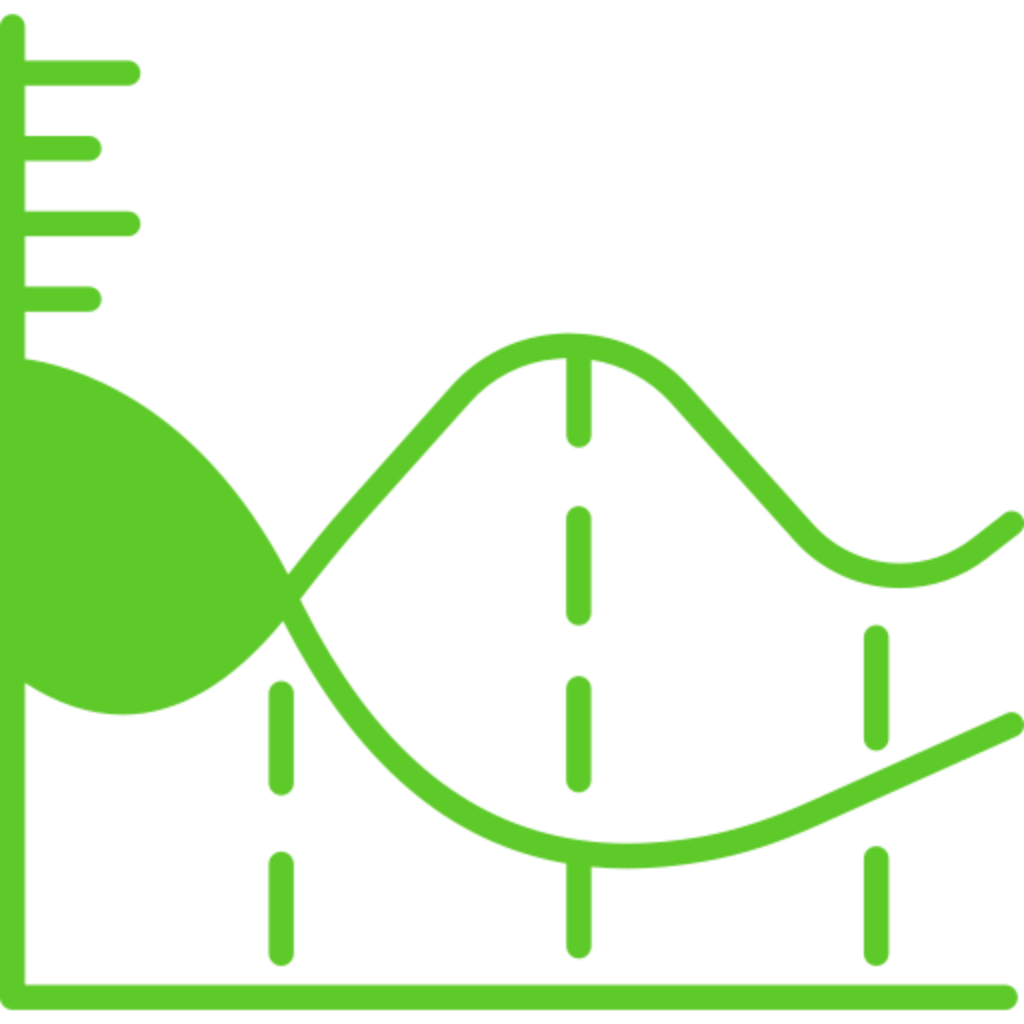Introduction to a Second Derivative Calculator
The double derivative calculator is an online mathematical tool that helps you to find second-order differentiation of a given function. It is used to determine whether the slope of the tangent line is increasing or decreasing on the graph.
This 2nd derivative calculator provides a user with a comprehensive method for calculations in a fraction of a second and gets a deep understanding of the concept of the second derivative.

The calculator utilizes mathematical algorithms to compute the second derivative of the input function. This process involves applying the rules of differentiation, such as the power rule, product rule, quotient rule, and chain rule, as necessary.
The second derivative calculator is an invaluable tool for students, mathematicians, engineers, and scientists alike.
Further, our calculator computes the second derivative of a given function. If you would like to computes the third derivative of given function, you can use our 3rd derivative calculator. The third derivative also describes the rate of change of the rate of change of the rate of change of the original function.
What is the Double or Second Derivative?
The second derivate is defined as the rate of the instantaneous change of the point at the curve. it is called second-order derivative or double-order differentiation.
The second derivative is a fundamental concept in calculus that helps us understand the behavior of functions in terms of curvature and concavity. It provides insights into the shape of the graph of a function and is crucial in optimization problems, curve sketching, and analyzing the behavior of mathematical models.
The second derivative of a function describes the rate of change of the first derivative. It provides information about the curvature or concavity of the original function. Additionally, if you like to calculate the fourth-order derivation of a particular function, you can utilize our 4th derivative calculator.
Our calculator also gives information about changes in curvature, inflection points, and higher-order characteristics of the function.
A function of the second-order derivative is denoted by the symbol f'(x). The differential has the symbols dy and dx as well.
Formula behind Double Derivative Calculator
To solve the second derivative problem, our second derivative calculator uses a notation that is as follows,
$$ f''(x) \;=\; \frac{\frac{f(x+h+h) - f(x+h)}{h}-\frac{f(x+h)-f(x)}{h}}{h} $$ $$ f''(x) \;=\; \frac{f(x+2h)-2f(x+h)+f(x)}{h^2} $$
Working Method of 2nd Derivative Calculator
The second derivative test calculator works to determine the rate of change of any point on the graph to check the point of inflection or concavity, where the variable is involved.
When you give the input function for double derivation in this second order derivative calculator, it will check the behavior of the given problem. Then it finds first order derivative according to the rules of differentiation.
After taking the first derivative, the 2nd derivative test calculator again takes the second-order derivative of that function and gives the solution to your given derivative problem in no time.
The first derivative will increase if the second derivative is positive. If the second derivative is negative, then the first derivative will decrease.
Moreover, to solve more complex problems involving multivariable functions, you might also be interested in our partial derivative calculator with steps, which calculates partial derivatives with respect to one or more variables of a multivariable function. This Calculator is particularly useful for analyzing functions with multiple independent variables.
Now let's see an example of the second-order differential equation.
Solved Example of Second-Order Derivative
You can solve the second derivative problems with the help of our Second Derivative Calculator but it's also essential to solve it manually. So, here is an example of a second-order derivative problem with a step-by-step detailed solution.
Example:
Find the second derivative of 4x2 + cos(x)?
Solution:
Apply the differential notation on the above function,
$$ \frac{d}{dx} \biggr( 4x^2 + cos(x) \biggr) $$
Apply the differential notation separate, according to sum rule
$$ \frac{d}{dx} \biggr( 4x^2 + cos(x) \biggr) \;=\; \frac{d}{dx} (4x^2) + \frac{d}{dx} \biggr( cos(x) \biggr) $$
Apply the power rule and differentiate the above term,
$$ \frac{d}{dx} \biggr(4x^2 + cos(x) \biggr) \;=\; (4 . 2) x^{2-1} + \biggr( -sin(x) \biggr) $$
$$ \frac{d}{dx} \biggr(4x^2 + cos(x) \biggr) \;=\; 8x - sin(x) $$
Apply the differential again on the above first derivative function,
$$ \frac{d}{dx} \biggr[ \frac{d}{dx} \biggr(4x^2 + cos(x) \biggr) \biggr] \;=\; \frac{d}{dx} \biggr[8x - sin(x) \biggr] $$
$$ \frac{d^2}{dx^2} \biggr(4x^2 + cos(x) \biggr) \;=\; \frac{d}{dx} \biggr[8x - sin(x) \biggr] $$
Apply the difference rule and differentiate the given function,
$$ \frac{d^2}{dx^2} \biggr(4x^2 + cos(x) \biggr) \;=\; \frac{d}{dx} (8x) - \frac{d}{dx} \biggr(sin(x) \biggr) $$
$$ \frac{d^2}{dx^2} \biggr(4x^2 + cos(x) \biggr) \;=\; \biggr(8(1) \biggr) - \biggr(cos(x) \biggr) $$
$$ \frac{d^2}{dx^2} \biggr(4x^2 + cos(x) \biggr) \;=\; 8 - cos(x) $$
Thus it is the final solution of our function with specific limits. Further, if you want to find the nth derivative of this expression, you can use our higher order derivative calculator. You would apply the power rule iteratively for each derivative until you reach the nth derivative.
How to Use our Second Derivative Calculator?
Our double derivative calculator gives an accurate result when the particular function you want to evaluate is differentiated. If you follow these steps which are given below.
Step 1:
Enter the function with respect to your particular variable in the given input field.
Step 2:
Choose the variable with respect to which you want to differentiate your inputted function i.e. x, y or z etc.
Step 3:
Take a view of "Equation preview" to get understand, how you inputted function that is going to get differentiated twice.
Step 4:
Click the "Calculate" to find the value of the second derivative.
Step 5:
Now, you can also click on the "Possible Intermediate Steps" to get explanation of the steps for further clarification and understanding of calculation.
Additionally, To solve more complex derivative problems or calculate derivatives of higher orders, you can utlize our derivative calculator, which provides a comprehensive tool for computing derivatives of various functions.
Result Obtained from Second Derivative Test Calculator
You will get the solution after adding second-order derivative problems in the 2nd derivative calculator in a fraction of a second. It provides some other options along with the given function result. These options are:
- Result along with the given input of the second differential function.
- Possible intermediate steps section in the second derivative calculator will provide the solution with steps.
- Recalculate button clears the field for the next calculation.
Why Choose Our Second Order Derivative Calculator?
Second derivative test calculator provides you with the right answer with faster calculation than a manual because it would be difficult for a user to solve complex differential problems, who does not know about differential formulas.
This calculator can solve second-order derivative problems for various types of functions, including: Square root Irrational Exponential Inverse trigonometric Hyperbolic Inverse hyperbolic functions, etc. Additionally, For more specialized calculations involving directional derivatives, you can use our directional derivative at a point calculator. Our calculator also helps to evaluate the rate of change of the function at a particular point in a fixed direction within a minute.
This calculator can solve second-order derivative problems that belong to any function such as square root, rational, irrational, polynomial, exponential, trigonometric, inverse trigonometric, logarithmic, hyperbolic, and inverse hyperbolic functions, etc with different variables.
Moreover, you can find multivariable functions by using our online double derivative calculator.
Benefits of Using Our 2nd Derivative Test Calculator:
The second derivative calculator provides multiple benefits which are given below:
- It is a free online available tool on our website.
- It calculates second-order derivative results quickly.
- The second order derivative calculator will give you precise results without any errors.
- This Calculator has a user-friendly interface so that anyone can access it.
- The double derivative solver gives a step-by-step solution.
- Our 2nd derivative calculator is an easy-to-use tool that keeps the user away from manual calculations.
Related:Experience the convenience of automated calculations with our point of inflection calculator. Our 2nd derivative calculator is an easy-to-use tool that keeps the user away from manual calculations.
Mistakes while Using Second Derivative Calculator
Users should check these errors mentioned below to get accurate or better results.
Your expression of the function that you would like to differentiate second-order derivative should be placed in the input box.
Make sure that the function depends on the second-order differentiation variable you specified.
Make sure the expression you are 2nd order differentiating is written in the correct structure so that no red error is found while you use the calculator.
Further, For an extensive collection of mathematical tools and calculators, including integral calculators, visit our all calculators section.





































